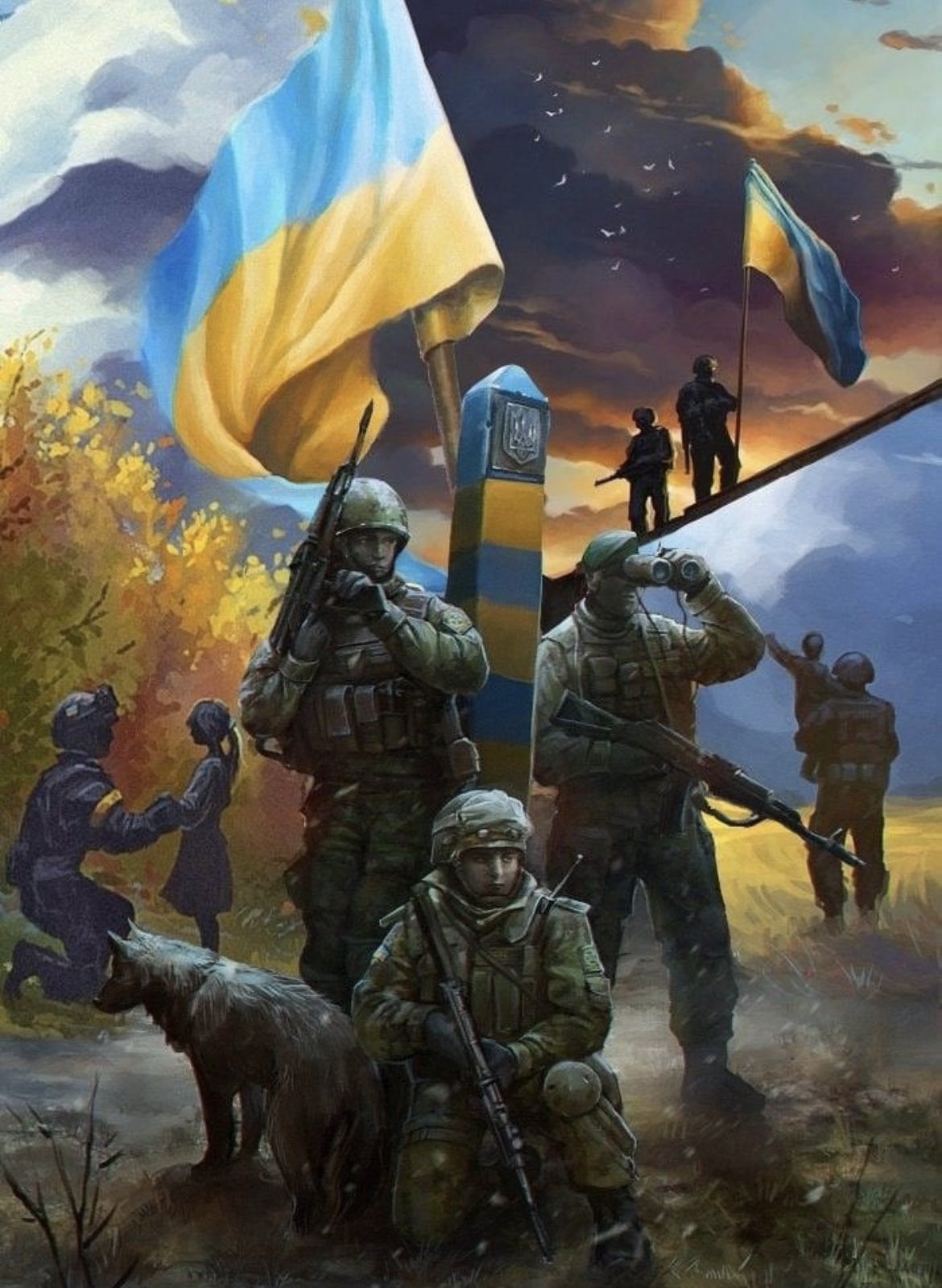
“I think the wildest wildlife you can find these days is in Chernobyl.”
(Aleksandra Mir)
April 26, 2021 marked 35 years since the black date of the Chernobyl meltdown. However, not many people know that this day 5 years ago, in 2016, a bizarre biosphere reserve began a page of its history. The Chernobyl Radiation and Ecological Biosphere Reserve with the slogan “A place where nature can be itself” began to fully exist in March 2017. Today vast swatches of reserved nature became the symbol of fresh life after death and shelter for rare species of flora and fauna.
Of course, nature restores its hidden reserves, but do not think that Chernobyl will be an earthly paradise! Due to radioactive contamination, products are unfit for consumption, and the area will be contaminated with radionuclides for at least the next 500 thousand years. Over time, cities such as Pripyat and Chernobyl will destroy by time, and the whole area will become a huge deserted park.
Nevertheless, such natural conditions, as well as the lack of people and equipment in these Polissya vast swathes create a favorable environment for animals. Przewalski’s horses, otters, minks, newts, ferrets, ermines, lynxes, and many species of birds, such as storks, shuliks, owls live in the exclusion zone. Therefore, drivers should be more careful on the roads, because at any moment a handsome deer or tricky fox Nikita can jump out…
The exclusion zone also affects the plant complex. It beggars belief, but more than 1.2 thousand species of vascular plants, 120 species of lichens and 20 species of mosses grow here! The area becomes especially attractive in the spring, when unusual species of snowdrops and dream-grass from the Green Book of Ukraine are blooming…
The Reserve is a participant in many international projects, such as SATREPS (Japan), ICLEAR (Great Britain), WWF, the project “Polissya – Nature without Borders”, etc. Employees of Chornobyl Radiation and Ecological Biosphere Reserve are actively working on the scientific study of the restoration of the zone, conduct expeditions to explore the natural fund with the involvement of satellite technologies.
Despite quarantine and additional restrictions, the number of willing to visit exclusion zone is growing every year. “Recently I have got interested in the contemporary life of Chernobyl, that’s why I would like to visit this reserve. It would be interesting to see the guise of this zone, but on the other hand, a little scary,” comments Maryna Krymska, a student of the 2nd course at the Institute of Journalism, KUBG. And the author of this article completely agrees with this opinion.
As you can see, nature is self-treating for infection and feels quite upstanding without destructive human activity. The Ukrainian proverb “Good where we are not” is also right…


























































Залишити відповідь